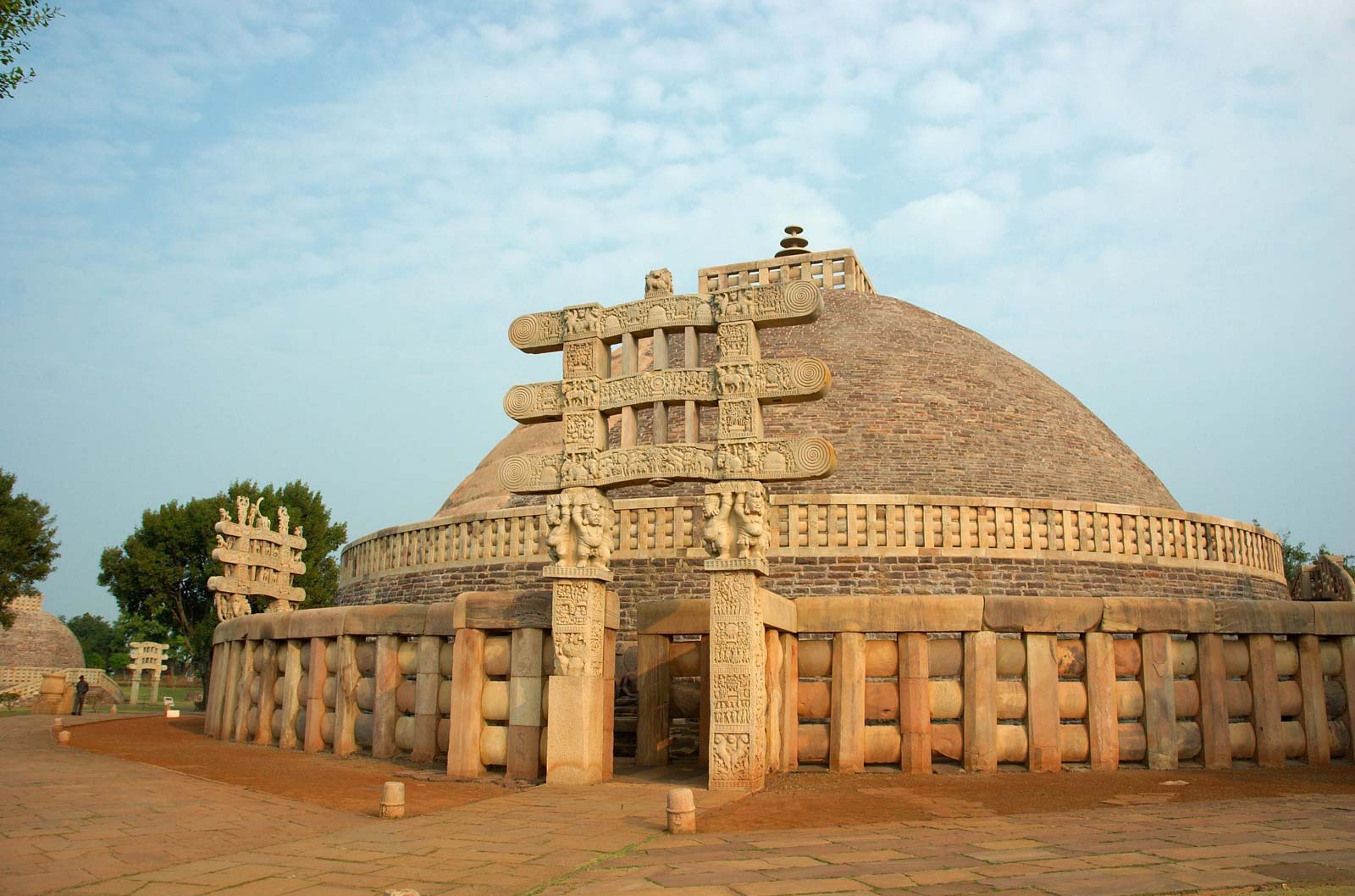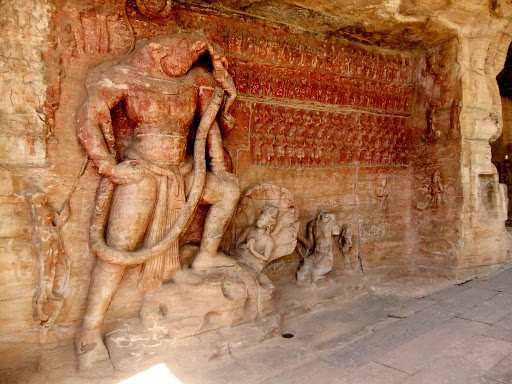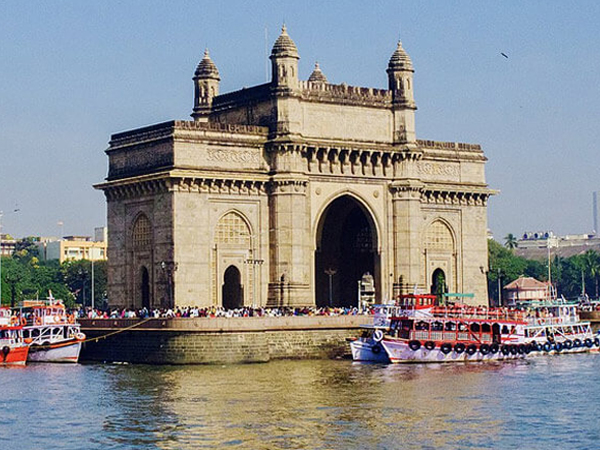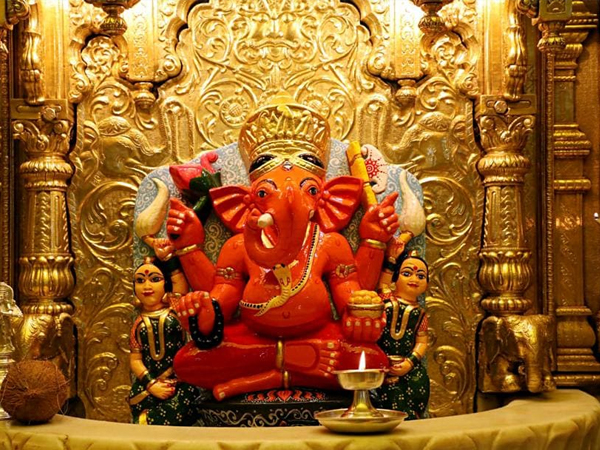Spectacular Sanchi is recognized as a World Heritage Site by UNESCO for its archaeological and historical value. The Sanchi hill teems with stupas, monasteries, temples, and pillars and is the largest site of Buddhist remains in India. However, it is not directly connected with the life of Lord Buddha as other Buddhist pilgrim centers. The history of Sanchi dates back to Emperor Asoka’s reign in the 3rd century BC and continues up to the 11th century AD. It is one of the most revered centers of Buddhist art in the world, its architectural forms and sculpture display the Jataka tales in cinematographic continuity.

The Great Stupa (No. 1): The world-renowned stupa was originally built by the Mauryan emperor Ashoka and is an icon of India’s cultural heritage. The present study is a superstructure over the original brick stupa and comprises a hemispherical dome. It measures 36.5 mts. in diameter and 16.4 mts. in height.
Toranas or gateways: The reliefs on the toranas depict the Jataka tales of Buddha’s incarnations and the main events associated with his life.
Stupa No. 2:The 2nd century BC. stupa lies on the edge of the Sanchi hill.
Stupa No. 3: This stupa was built during 150 140 BC. The relics of Sariputta and Mahamogallan, two of Buddha’s chief disciples were found in this stupa. These relics are at present housed in the Sri Lankan Vihara here.
Asoka Pillar: The fragments of the Asokan Pillar dating back to the 3rd century BC lie near Stupa 1. The Chunar sandstone pillar is known for its polished surface and carries emperor Asoka’s edicts to his people.
Site Museum: This must-visit site exhibits the antiquities recovered from excavations of Sanchi hill and few sculptures from Gyaraspur.
 Around Sanchi
Around Sanchi
Besnagar (Vidisha) (13 kms.)
The remains of the ancient city of Vidisha are located3 kms. from the modem township. The inscription on Heliodorous Pillar (2nd century BC) refers to the conversion of a Greek ambassador to Vaishnavism. The Vidisha Museum is worth visiting.
Gyaraspur (50 kms.)
It is known for the monuments dating back to the medieval Hindu period. Notable among them are- Maladevi Temple, Vajra Matha, Atha Khamba and Hindola Torana, etc.
Udaigiri (18 kms.)
It is a famous rock-cut cave built during the ‘Golden Age’ of the Guptas between 4th – Sth Century A.D. is 4 kms. from Vidisha. The exquisite sculptures in the caves are noted for their unique vitality, vigor, and richness of expression.




